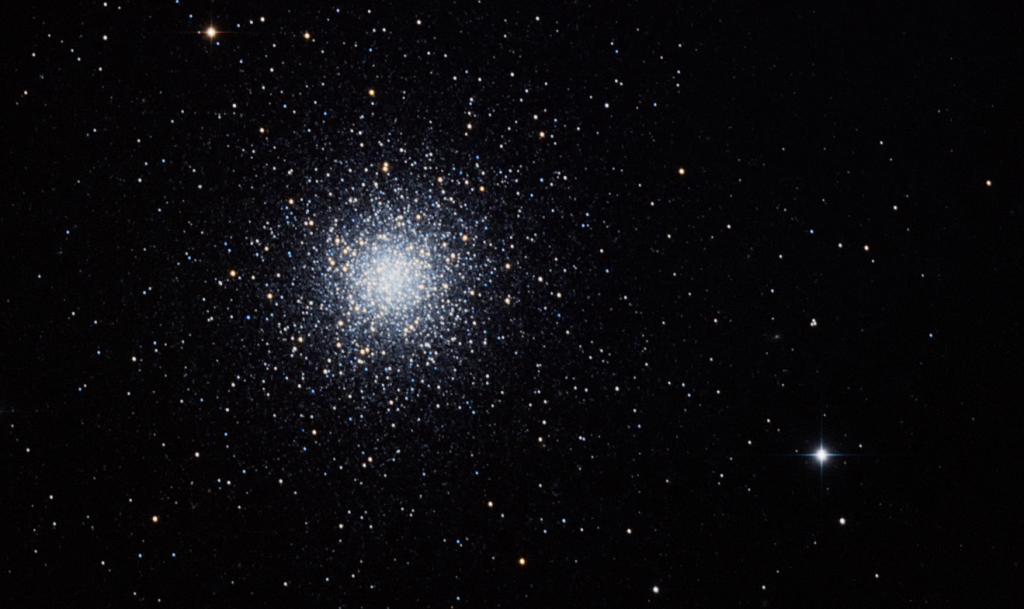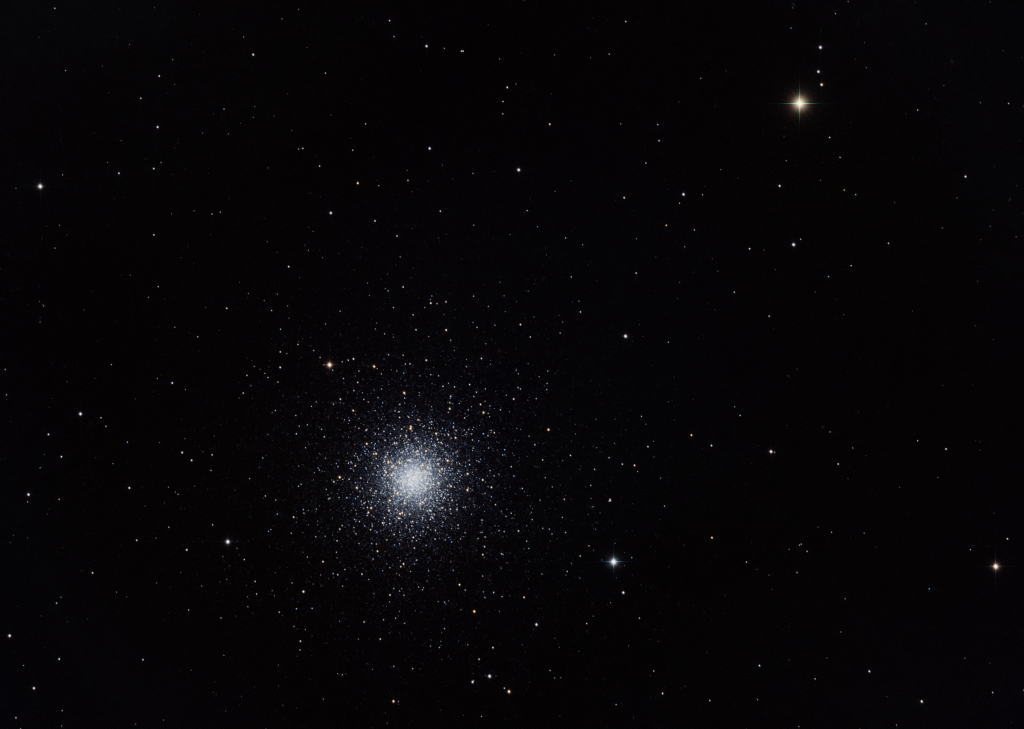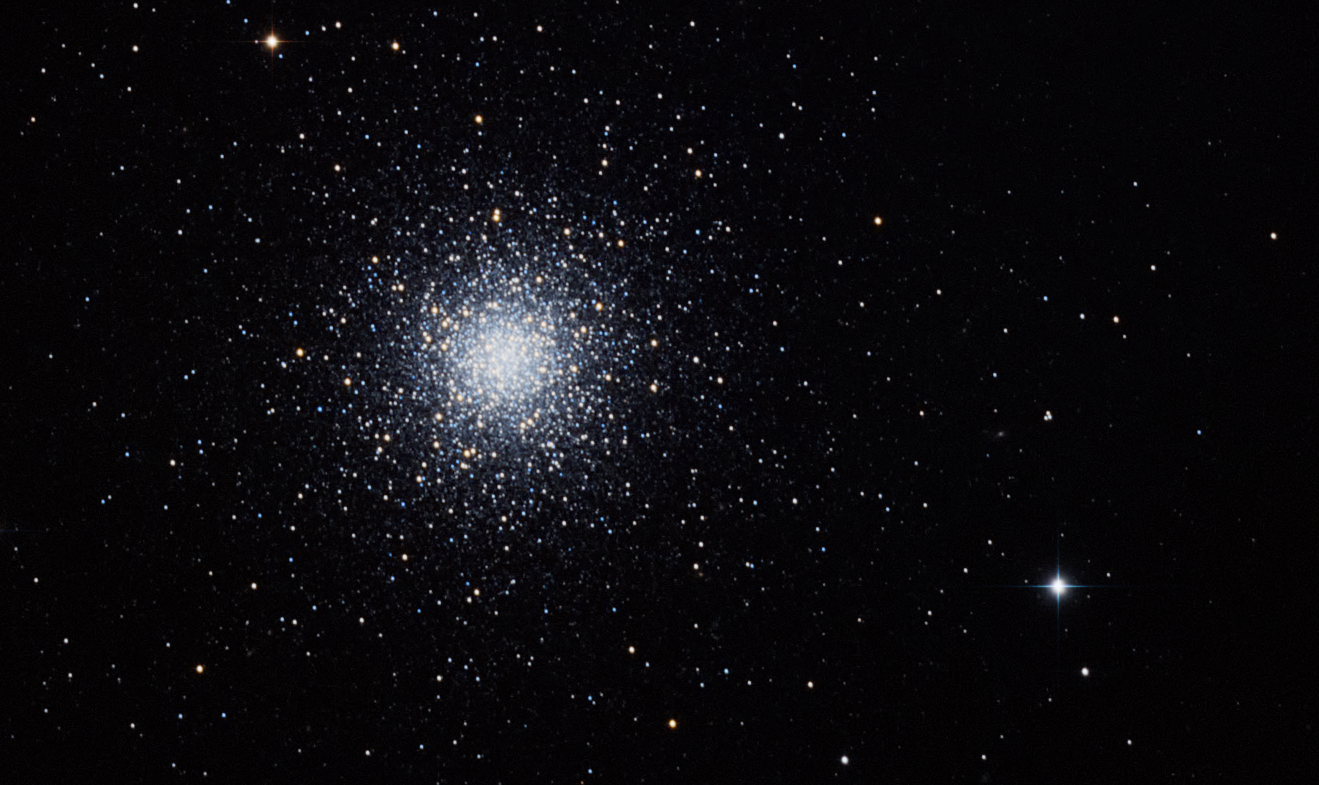
Similar Posts
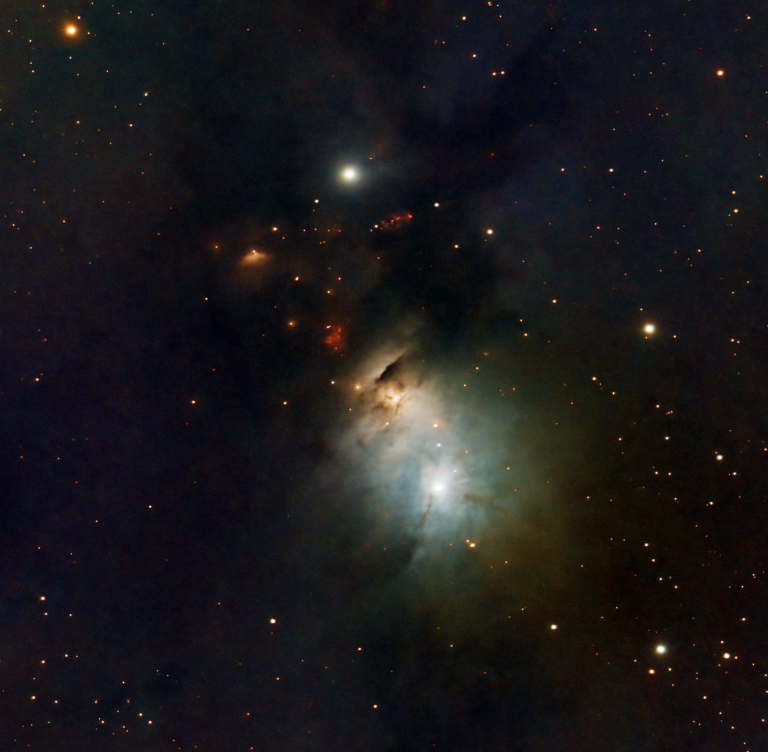
Brand-new stars in NGC1333
This image really blows my mind – this is the reflection nebula NGC1333 in Perseus. The blue part is reflected gas and dust from the star that’s lighting up – that’s nothing too unusual. But check out the little red blobs above it. Many of those are “Herbig-Haro” objects, formed by jets spewing out from…
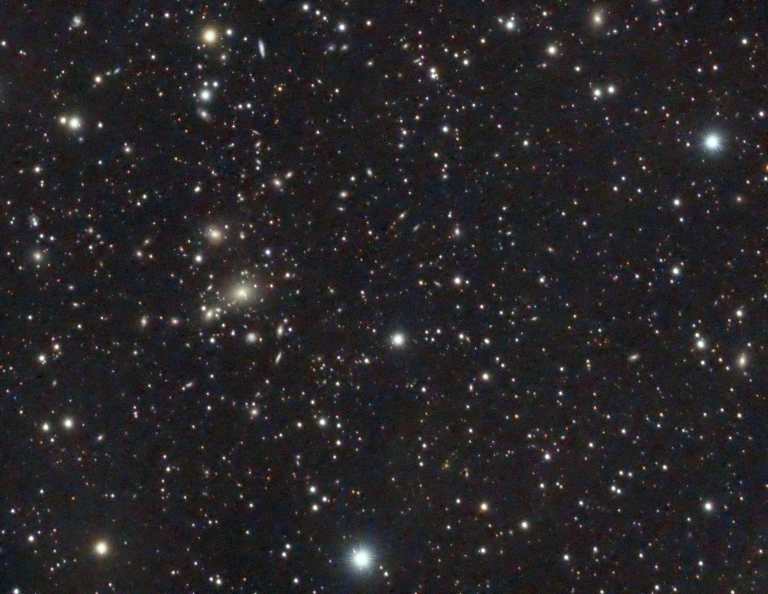
So. Many. Galaxies.
If you point your telescope outside of the Milky Way, you’re almost guaranteed to pick up very distant galaxies, because there are just so many of them out there. This patch of sky inside Cancer is a cluster of galaxies called Abell 671. If you click the image and look at it full size, you’ll…
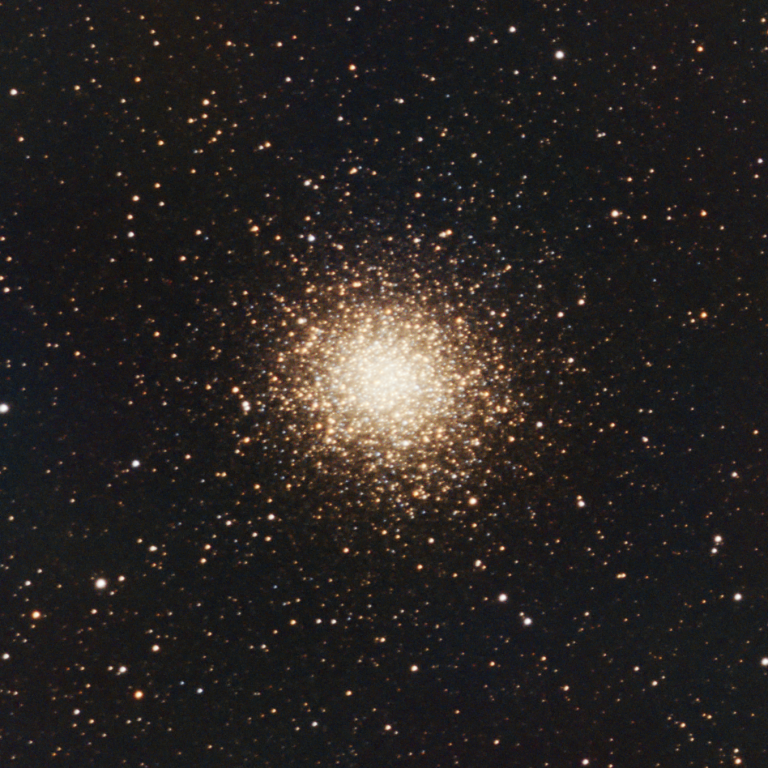
M14: A Golden Ball of Stars
This morning, my cat woke me up at 3 AM, and I noticed it was clear outside. But, the sun would start rising in just a couple of hours, so doing some super-long-exposure shot of a faint nebula wasn’t in the cards. However, globular clusters don’t take long to image, as they are relatively bright…
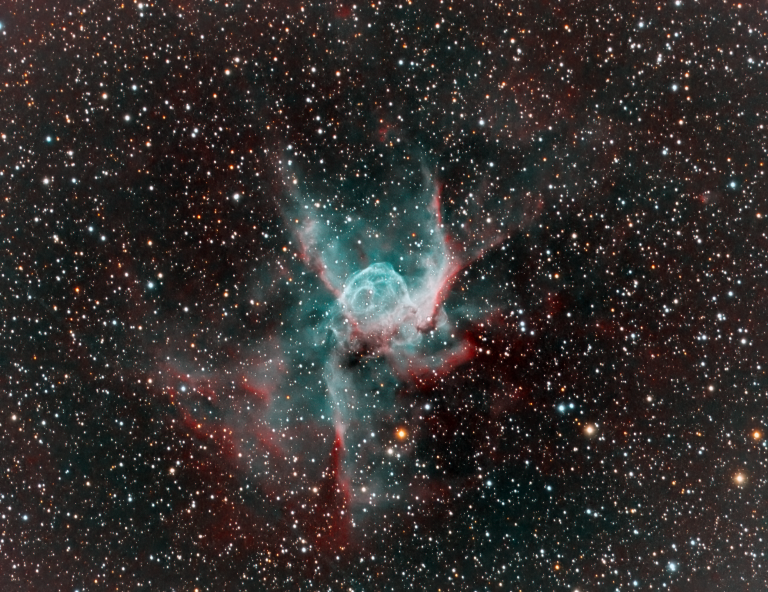
Thor’s Helmet
This week’s target was Thor’s Helmet (NGC 2359), an emission nebula in Canis Major a rather distant 12,000 light-years away. It’s formed by a Wolf-Rayet star in its center, which is a crazy-hot star whose immense stellar wind is bunching up and ionizing the gases around it in these complex patterns. It’ll probably go supernova…
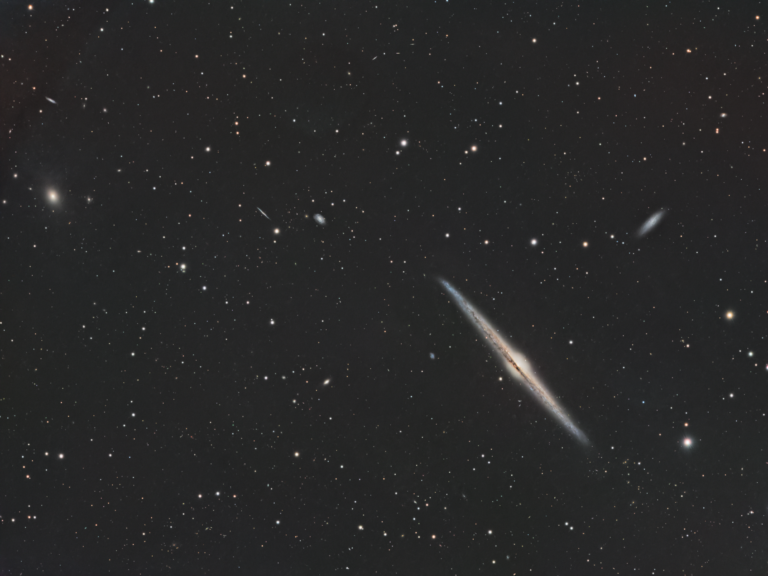
Revisiting the Needle Galaxy
This edge-on spiral is around 40 million light-years away within the constellation Coma Berenices. Lots of satellite and background galaxies to explore around it! Zoom in, and travel back in time – hundreds of millions of years.
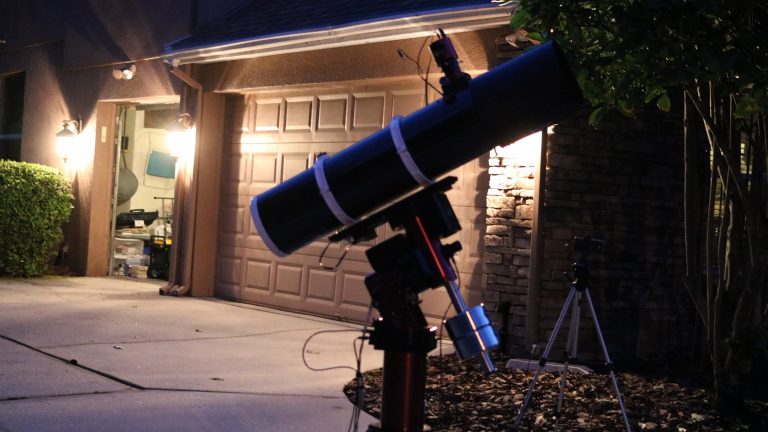
Boldly Going Webcast: Behind the Scenes
If you’re a fellow amateur astronomer, you might be curious as to how our “live star parties” on our Boldly Going YouTube Channel are produced. The more people doing this, the better! Here’s how it all works behind the scenes, which might give you some ideas on how to produce your own show. The Heart…

